
Review: Sennheiser TeamConnect Wireless
Wireless Conference System for Online Meetings
Review:/ Christopher Holder
RIP Boardroom. Okay, I may be being a tad facetious but Sennheiser’s TeamConnect Wireless system turns just about any space into an effective conference space (at least from an audio perspective), providing clear audio and plenty of connectivity.
This is an impressive system. It doesn’t surprise me that TeamConnect Wireless won a Red Dot design award, it’s elegantly self contained and looks super-sharp.
The system comprises a suitcase that acts as a charging station. In it you’ll find one Master station and three Satellites, along with some neatly stowed leads.
The lithium-ion batteries are located at the base of the units and when returned to the docking case they automatically recharge via contacts built into the case. (The batteries can be replaced.)
The case has an LED strip along the front displaying the battery status of the least charged device. Once fully charged the units will provide eight hours of talk time.
It’s hard to overstate how neat this set up is. It’s totally foolproof. Pull the Master unit out and it automatically sparks up. If your phone has NFC, just wave it near the master, or pair to it via Bluetooth in the usual way. Failing that, go minijack to minijack from your device into the Master. And of course there’s USB connectivity as well, so you can use TeamConnect Wireless as your laptop’s audio device when making a Skype call or similar.
SET UP FOR LIFE
Once you’ve made the call connections (or indeed, prior) you can add satellite stations. There is a bare minimum ofset up required. Simply pull a Satellite out of the case and place anywhere up to 20 metres away (the Satellite talks to the Master via 1.9GHz DECT).
Each station has individual volume control — simply trace the volume up or down with your finger on the top of the unit. If you mute one station it mutes all.
It’s worth bearing in mind the Satellites are designed to increase the coverage of participants within a single space not to provide a remote station in another space. Each station will only output audio from the other end of the call, not between stations.
Sennheiser recommends participants be no more than a distance of around two metres from a station. Any further, and you should get another satellite out of the suitcase. It’s not an exact science and you don’t need an AV guy to pace them out — pull the units out and dot them about space, near where the people are, and Sennheiser’s AEC and other DSP will do the rest.
MORE INFO
Price: $6499
Sennheiser Australia: (02) 9910 6700 or www.sennheiser.com.au

MEMS THE WORD
‘Blown away’, is how you might describe my initial impressions of the TeamConnect Wireless performance. First up, I plugged the Master unit into my laptop with the supplied USB cord. After selecting TeamConnect as my audio I/O in Apple preferences I buzzed one of my remote-sited team members via Slack (our preferred office collaboration platform). The audio quality was phenomenal — present and clear — and a far superior experience than using headphones and a computer mic. The consensus in the office was this was ‘anytime’ audio conferencing taken to another level, and according to my compatriot the performance on the other end of the line, thanks to the Sennheiser TeamConnect microphones, was most creditable.
Each station packs two MEMS (microelectro-mechanical systems) microphones, one of which is for “diffuse noise reduction”. The MEMS mic is the same miniaturised technology you might find on one of Sennheiser’s BlueTooth headsets or noise cancelling headphones. It has a frequency response of 200Hz to 12kHz.
That first experience was really hearing the system at its vibrant best. Naturally the quality can only be as good as the weakest link and, in comparison, when I paired TeamConnect to my mobile phone, I felt like I was stringing baked bean cans together. When I phoned a colleague on a VoIP line they remarked that I sounded clearer than normal, which was good to hear. But thanks to the high quality loudspeaker on the TeamConnect station, the VoIP phone sounded dismal — it’s like hearing a hissy audio cassette through a great hi-fi, the experience stiffens your resolve to seek out better source audio.
WHEREVER, WHENEVER
Larger meeting spaces have made way for huddle spaces and with systems like TeamConnect Wireless, even huddle spaces are beginning to look a little fuddy-duddy.
With the flexible work spaces necessitated by activity-based working, predictability has to make way for adaptability.
With TeamConnect Wireless, a Skype call can turn into an ad hoc team meeting and audio conference in the time it takes to pull the system’s case off the shelf and pull the smart ‘hockey pucks’ out and onto the table. It’s disarmingly easy — requires zero specialised knowledge — and the results are excellent. The echo cancellation is very effective indeed. The further you are from the mic and the greater the environmental hub-bub, the more likely you are to hear that slight phasey zing you get when the DSP is really crunching the numbers, but my goodness, it works well.
TeamConnect Wireless is a primo portable audio conferencing option and priced accordingly. But it doesn’t disappoint. It’s well engineered and the industrial design is delightful. It’s not the only ad hoc audio conferencing system on the market but I’d suggest that currently it’s the most flexible, scaleable and certainly the most professional looking.

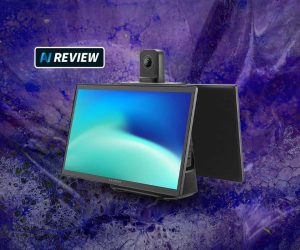




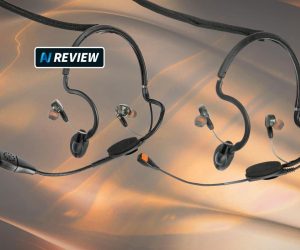
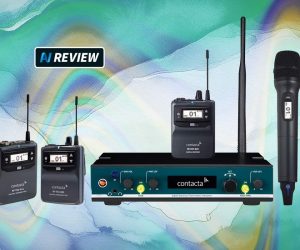
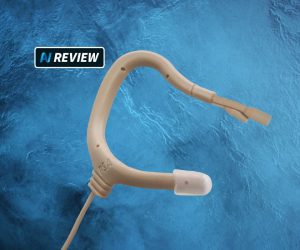

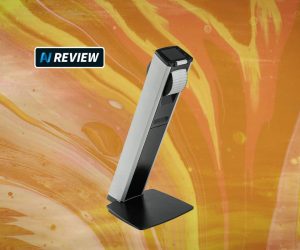
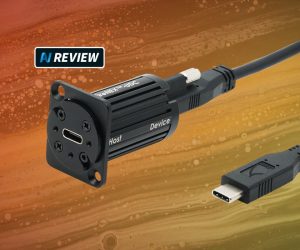
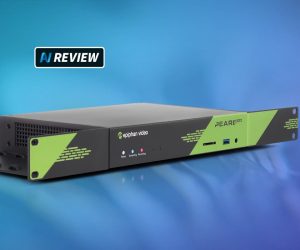


RESPONSES